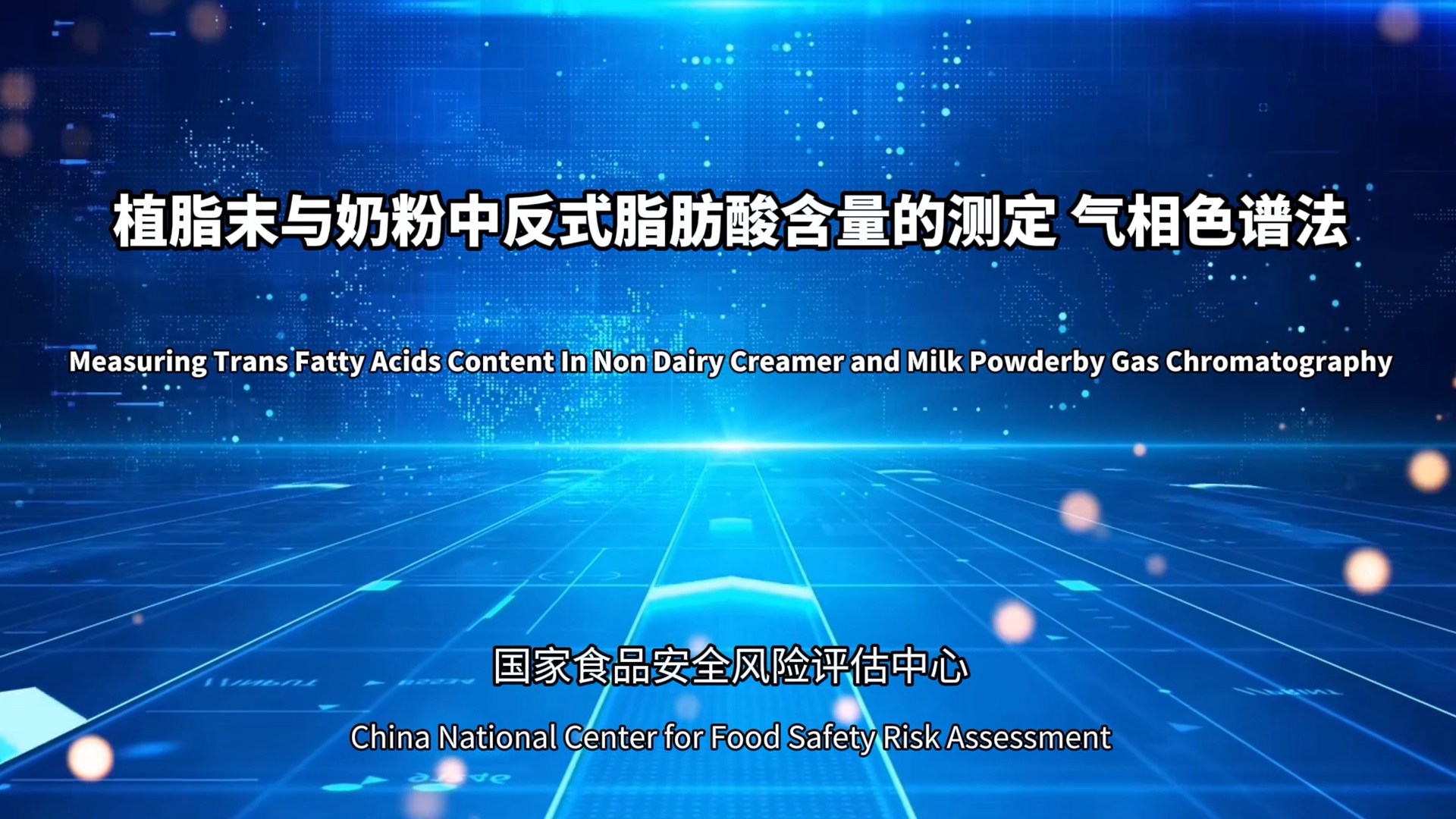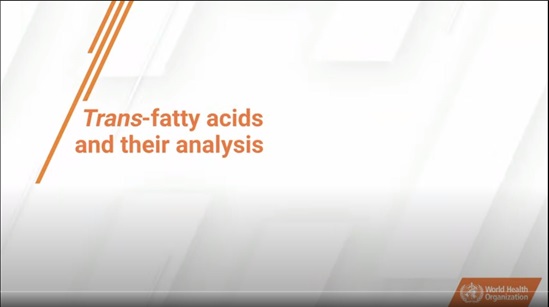

Trans Fat Laboratory Analysis
It is important to collect data on trans fat content in the food supply and changes in trans fat consumption in the population. This will provide the baseline information on trans fat levels, then it will help monitor changes over time and track compliance with national policies implemented to eliminate trans fat.
The levels of trans fat can be measured either in food or in the population. Between the two types, food assessment should be the priority in all countries. Population assessment is optional and can be done through population surveys such as a dietary questionnaire or a testing of blood samples.
REPLACE Module 4: Assess: how-to guide for trans fat...
Food analysis
WHO global laboratory protocol for trans fat analysis in food
WHO has published the global laboratory protocol for measuring trans fat in food samples in 2020 (“Global protocol for measuring fatty acid profiles of foods, with emphasis on monitoring trans-fatty acids originating from partially hydrogenated oils”). As the global protocol serves as a harmonized method, we encourage laboratories to use this protocol so that the produced data are comparable.
Global protocol for measuring fatty acid profiles of foods, with emphasis on monitoring...
Simplified protocol for measuring trans-fatty acids content as a percentage of total...
Video module 1
The video describes the basics of different types of fatty acids, the sources in food and the health effects. The video also explains the chemistry of TFA and how they are similar or different from the other fatty acids in terms of structure and functionality. Lastly, the video covers the principles of fatty acid analysis by gas chromatography.
Video module 2
This video module visualizes the laboratory procedure to measure the content of trans-fatty acids (TFA) in food samples according to the WHO global laboratory protocol.
Video module 3
This video module demonstrates the laboratory procedure for measuring TFA content in food products, specifically non-dairy creamer and milk powder by gas chromatography. It follows the WHO simplified laboratory protocol. WHO extends our sincere thanks to the China National Center for Food Safety Risk Assessment (CFSA) for producing this valuable video module).



